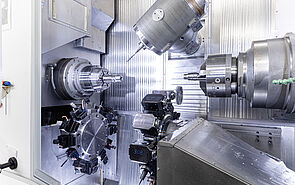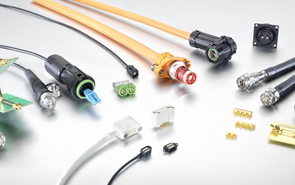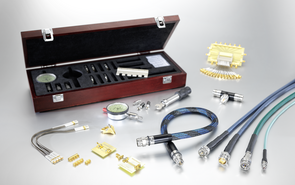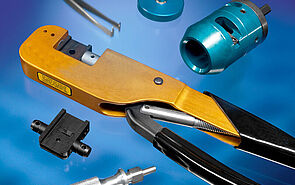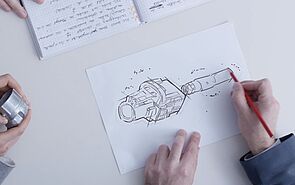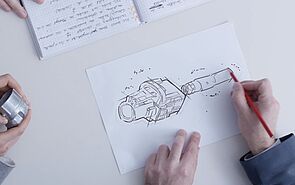System Simulation according to ZVEI Guideline
A ZVEI guideline describes a standardized, cross-manufacturer cross-vendor format for exchanging parameters of electro-thermal component models for system simulation of the vehicle high voltage system. This methodology helps to reduce connector size and weight, wire cross-section and development times.
While first-generation electric drives are still being incorporated into existing vehicle platforms in small numbers, current-generation electric vehicles (EVs) are being built around the electric drive as the central element. To establish electromobility on a broad scale in the market, purchase price and range are the decisive factors. With higher range requirements the increased installation space and weight of the HV battery is a particular concern.
The resulting increase in acquisition costs for end customers currently requires subsidies to be able to offer entry-level prices comparable to those of internal combustion engines (ICEs). The top priority of the entire automotive industry must therefore be to end dependence on subsidies as quickly as possible. The levers are to reduce battery costs (out-of-scope here) and exploit the much lower complexity of the e-drive train compared to that of a comparable ICE. This will reduce development and material costs. The methodology described in this whitepaper discusses how the ZVEI guideline contributes to these objectives by realizing potential savings in development time, material cross-sections, weight and installation space through the design of the HV harness using standardized system simulation









